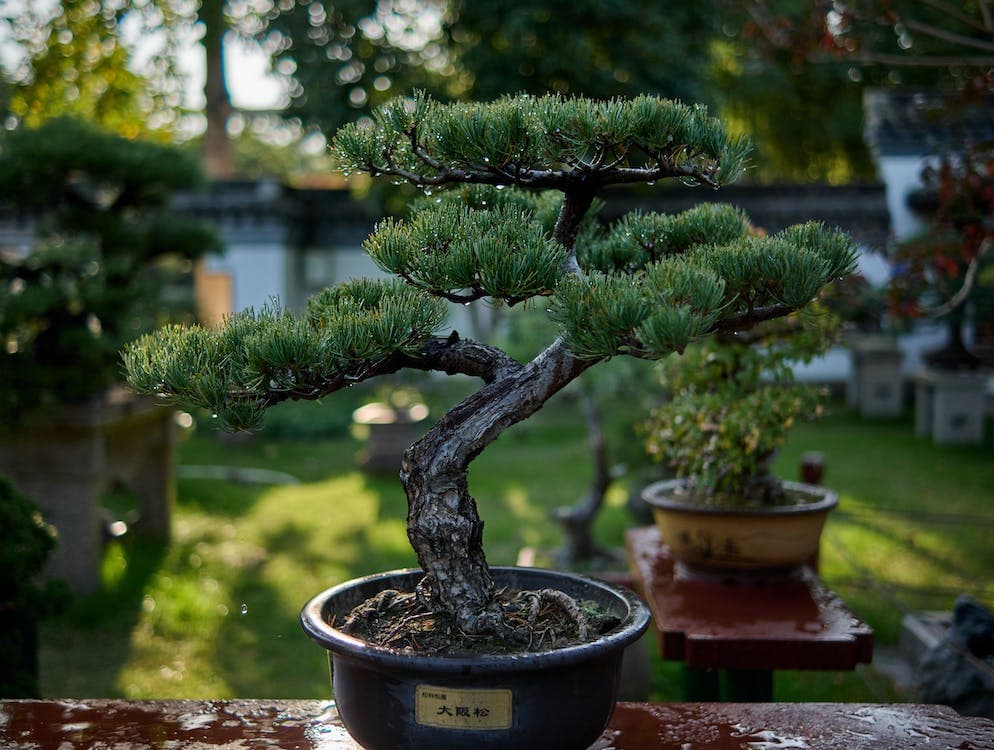Master Bonsai: 5 Essential Tips for Beginners
Bonsai, the ancient art of growing miniature trees, is a practice that combines horticultural techniques with artistic expression. Originating in Asia over a thousand years ago, bonsai involves careful pruning, wiring, and attention to detail to create a miniature yet realistic representation of nature. If you're new to bonsai, the process might seem daunting, but with patience, practice, and these essential tips, you'll be on your way to mastering this rewarding hobby.
1. Choose the Right Tree
Selecting the right tree is the first step in your bonsai journey. Consider starting with species known for being beginner-friendly, such as Ficus, Juniper, or Chinese Elm. These species are resilient, adaptable to various conditions, and relatively easy to care for. When choosing your tree, look for one with a strong trunk, well-distributed branches, and good root potential. Remember, the tree you select will be your partner in this artistic endeavor, so choose one that speaks to you.
2. Understand Your Tree's Needs
Each bonsai species has its unique requirements for sunlight, water, and temperature. Familiarize yourself with the specific needs of your chosen species. Most bonsai trees thrive in bright, indirect light and require regular watering when the topsoil feels dry. However, avoid overwatering, as this can lead to root rot. Additionally, research whether your tree is an indoor or outdoor variety, as this will significantly impact its care and placement.
3. Master the Art of Pruning
Pruning is essential in shaping your bonsai and encouraging healthy growth. There are two main types of pruning: structural and maintenance. Structural pruning involves shaping the tree and is best done during the dormant season, while maintenance pruning, which includes trimming back new growth to refine the tree's shape, can be done throughout the growing season. Always use sharp, clean tools to make precise cuts, and take your time to consider each cut's impact on the tree's overall design.
4. Learn to Wire Properly
Wiring is a technique used to guide the tree's branches into the desired shape. It's a skill that requires patience and practice. Use aluminum or copper bonsai wire, and start by wrapping the wire around the trunk, moving up to the branches you wish to shape. Be careful not to wrap the wire too tightly, as this can damage the bark. Monitor your tree's growth regularly, and remove the wire before it starts to cut into the expanding branches.
5. Be Patient and Observant
Perhaps the most important tip for bonsai beginners is to be patient. Bonsai is not a hobby for those seeking instant gratification. It's a slow, meditative process that rewards careful observation and consistent care. Take time to enjoy the journey, learn from your mistakes, and celebrate your successes. As you become more attuned to your tree's needs, you'll find that bonsai is not just about growing miniature trees; it's about cultivating patience, mindfulness, and a deeper connection to nature.
Conclusion
Embarking on the bonsai journey can be incredibly fulfilling. By choosing the right tree, understanding its needs, mastering pruning and wiring techniques, and embracing patience, you'll develop the skills necessary to create beautiful miniature landscapes. Remember, every bonsai artist was once a beginner, so don't be discouraged by challenges along the way. With time and practice, you'll not only grow bonsai but also grow in your appreciation for this exquisite art form.
